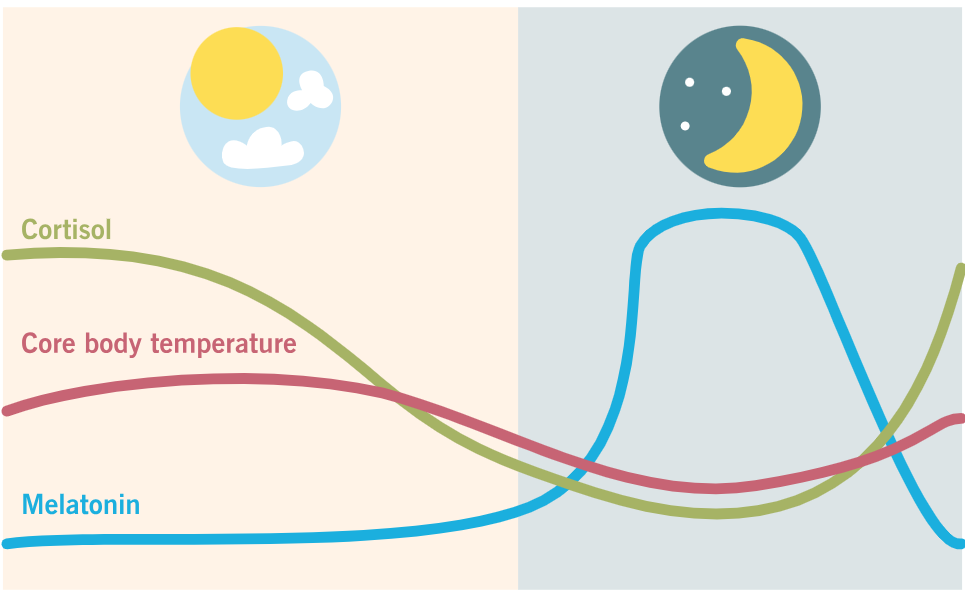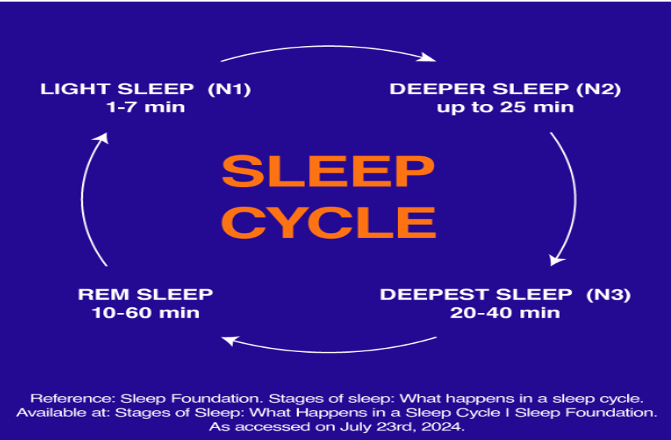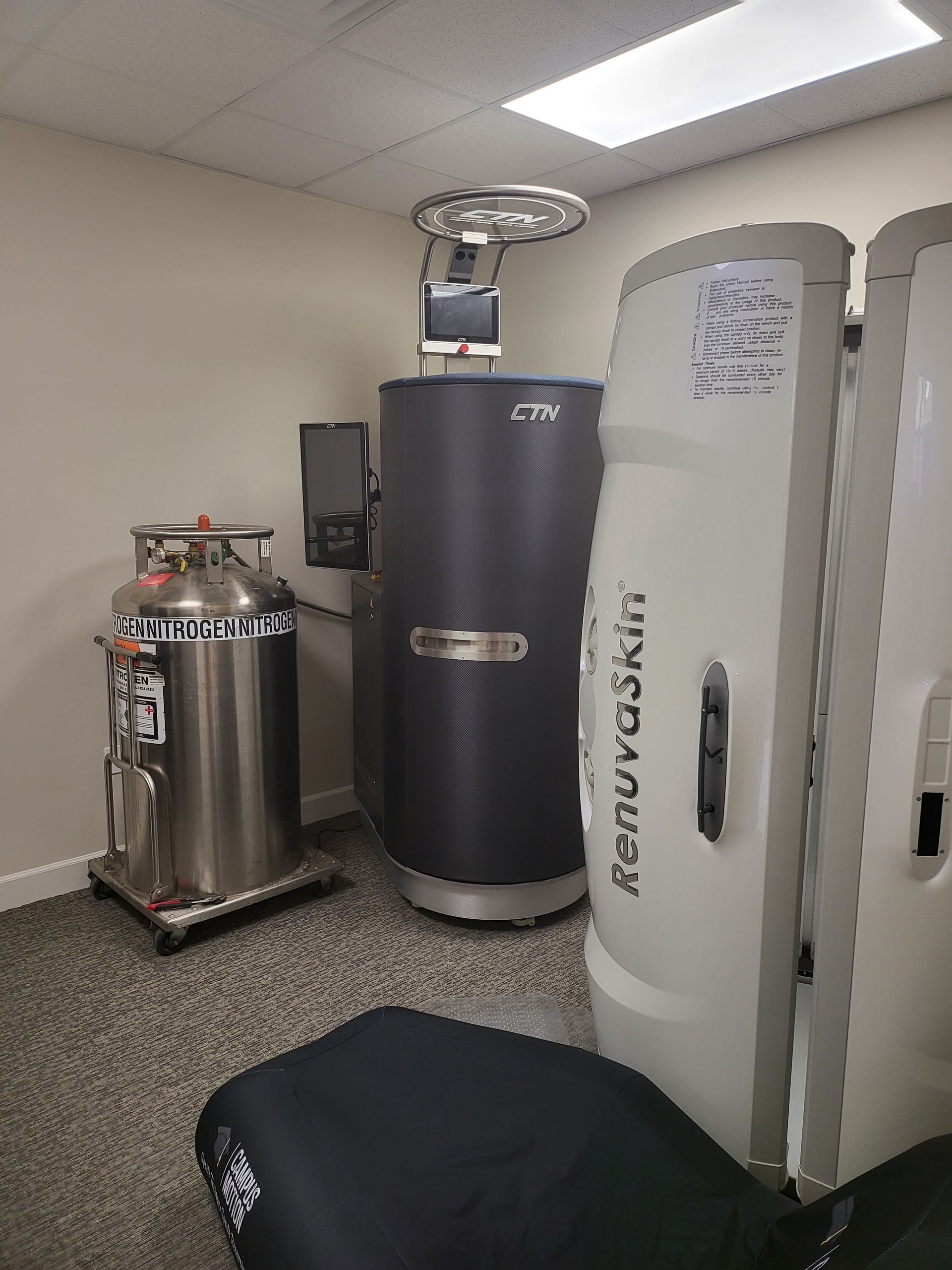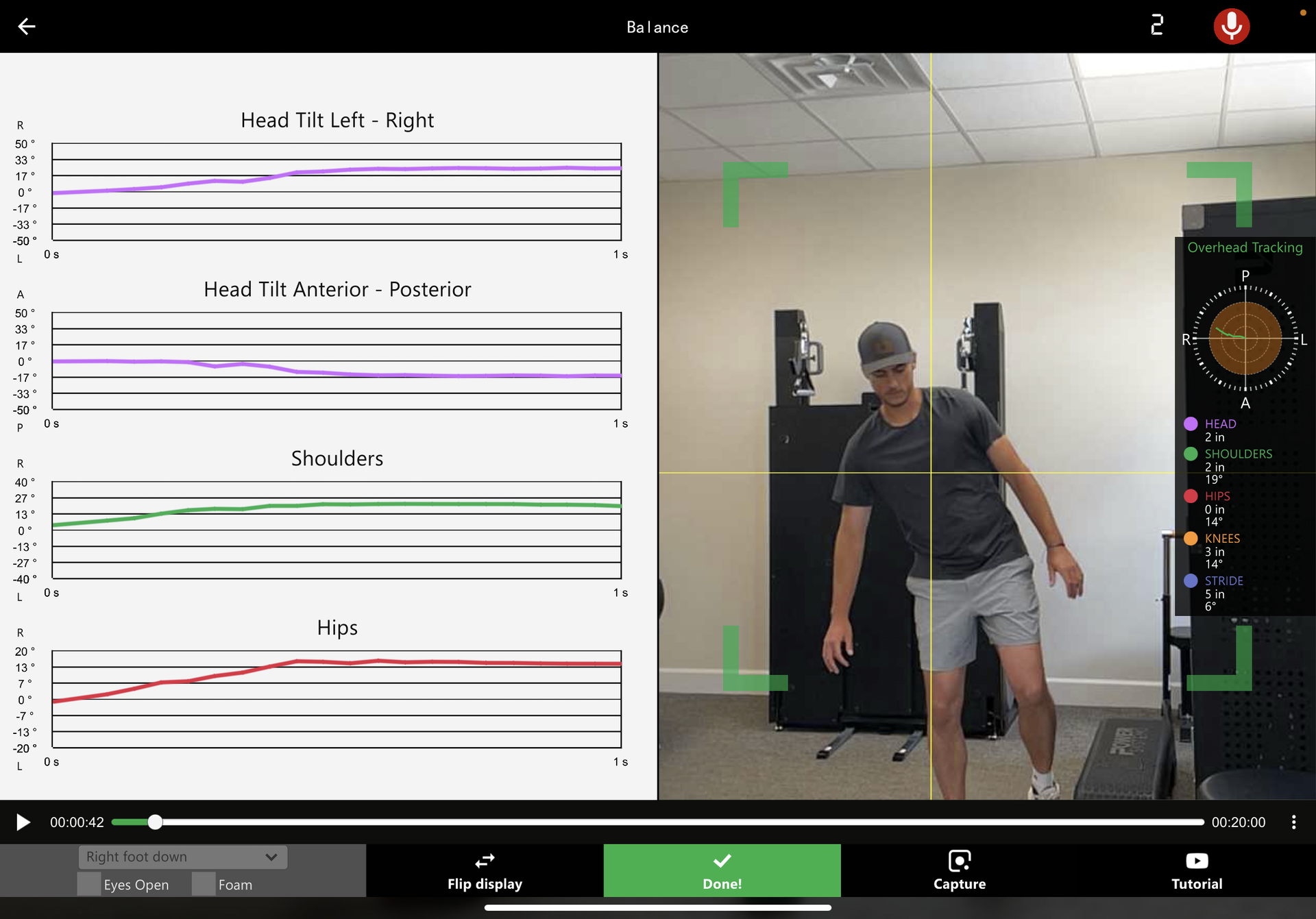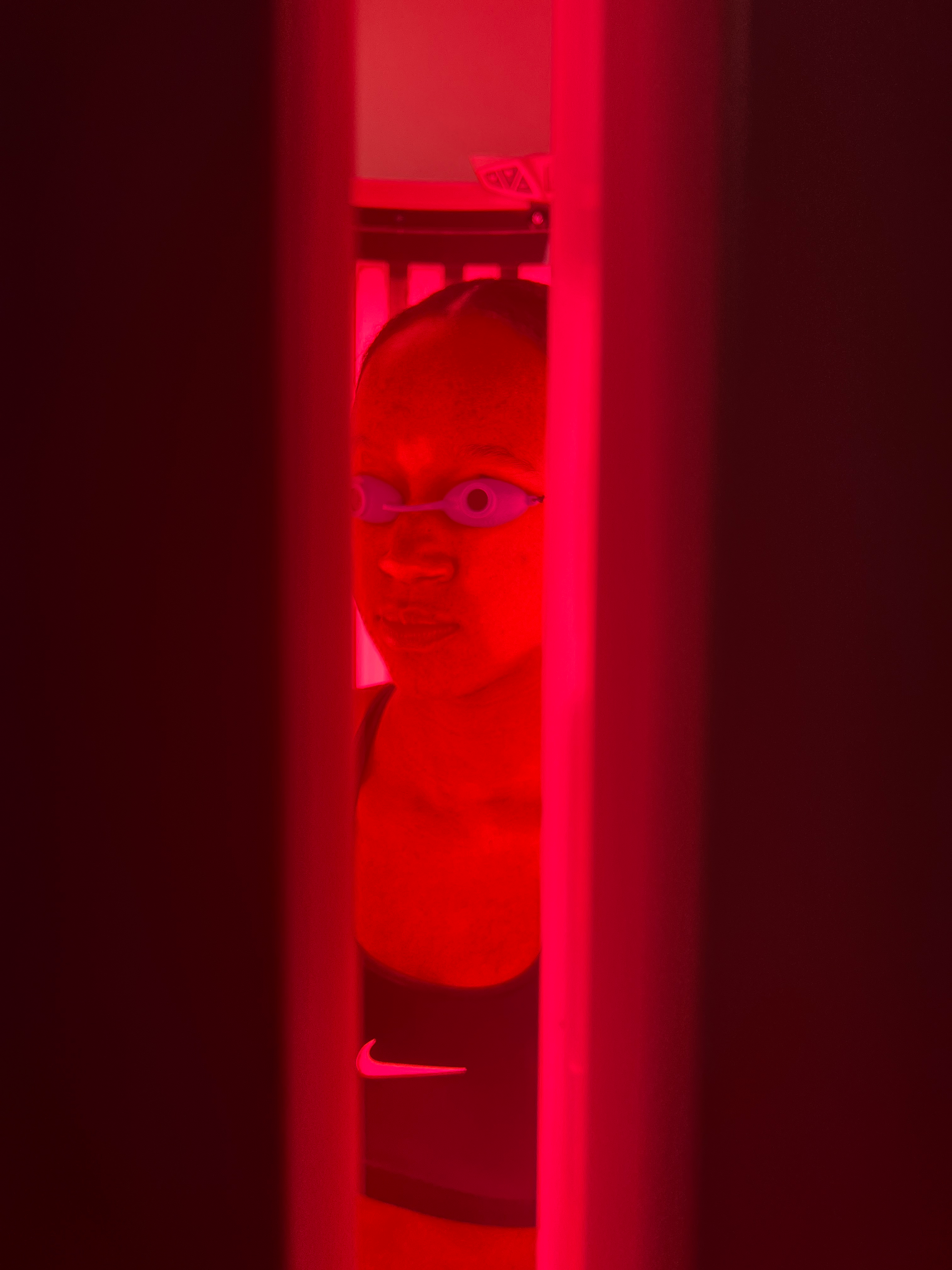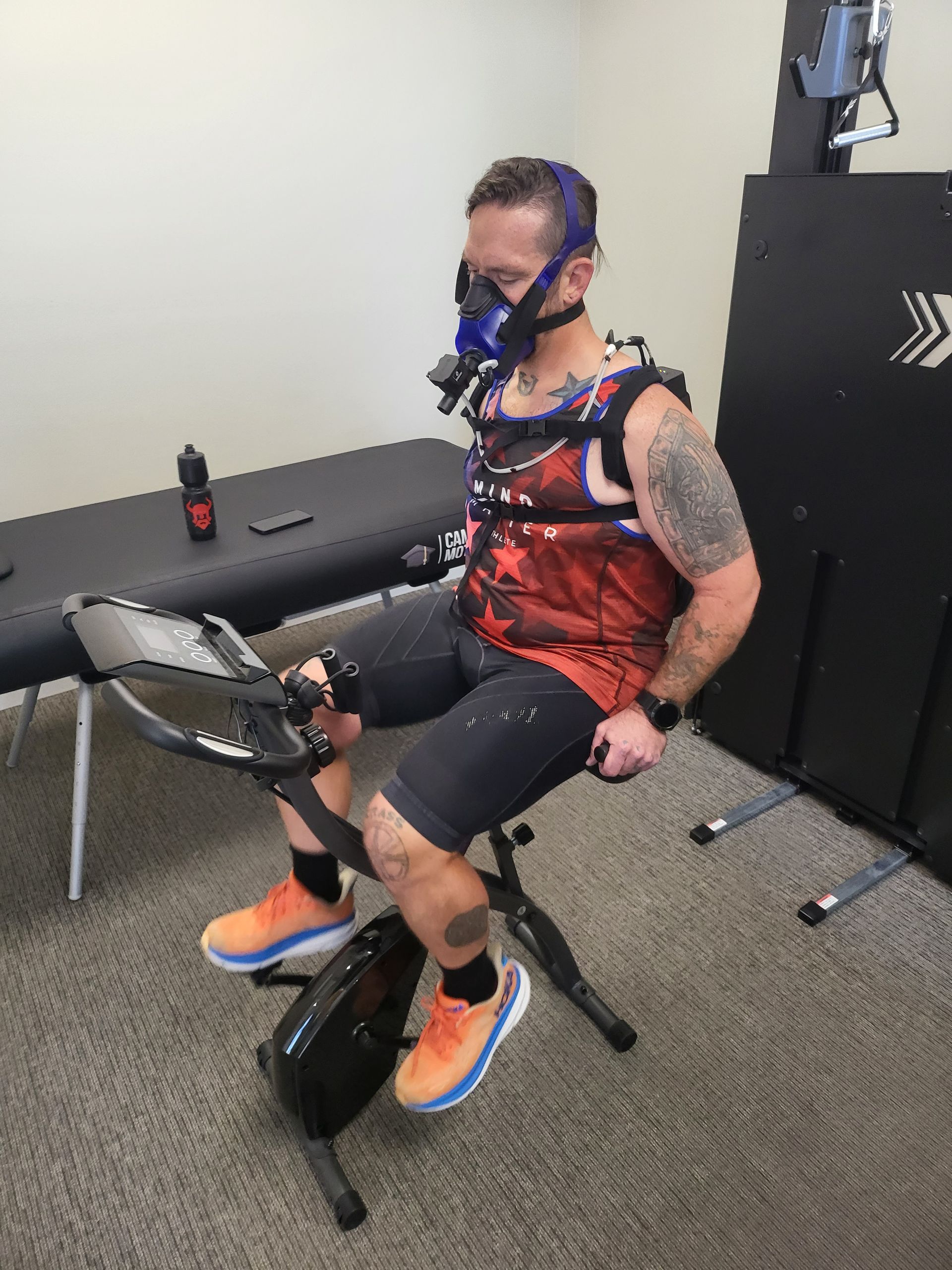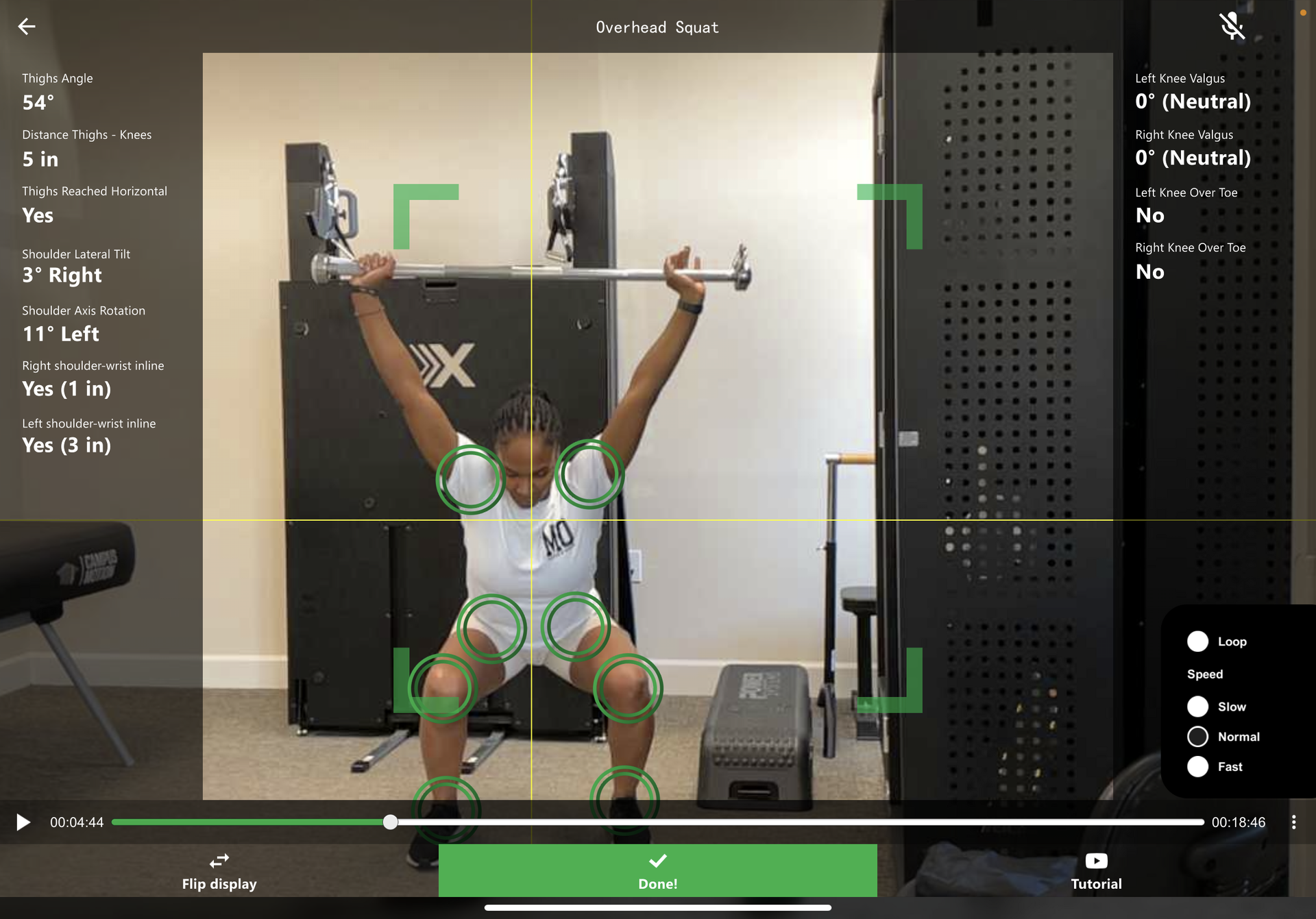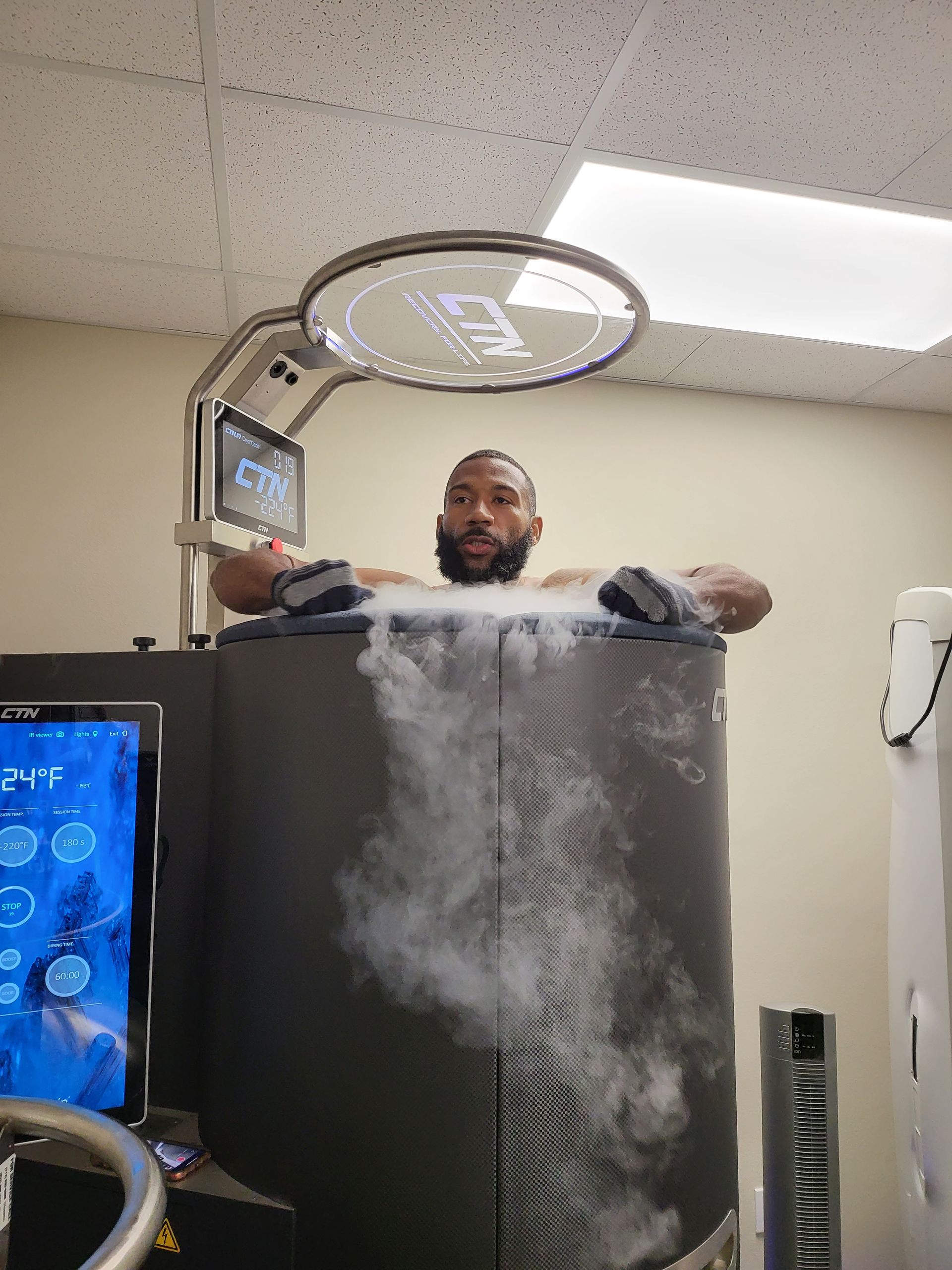The Health Benefits of Cryotherapy: What You Need to Know
Cryotherapy treatment is the use of low temperatures in medical treatment. Read here to learn more about its uses and benefits.
What Is Cryotherapy? What are the health benefits of Cryotherapy?
Skepticism about potential cryotherapy benefits is beginning to thaw out as more people are discovering how it can improve their health. In fact, industry revenue is expected to increase as the benefits of cryotherapy treatment become more widely accepted.
What is cryotherapy exactly, and how can cryotherapy benefit your health and well-being? Keep reading to find out.
After reviewing this guide, you can determine if cryotherapy aligns with your wellness goals for the year. Read on to learn everything you need to know about the uses of cryotherapy today!
Before we discuss the potential cryotherapy benefits you can experience with treatment, let's cover the basics. What is cryotherapy, exactly?
The word "cryotherapy" literally translates to "cold therapy." This technique involves exposing your skin to extremely cold temperatures for a few minutes.
You can choose cryotherapy treatment that focuses on a single area or your entire body.
For example, localized cryotherapy is often administered through:
- Ice massages
- Ice packs
- Coolant sprays
- Ice baths
- Probes administered into tissue
You might want to consider whole-body cryotherapy (WBC) instead. This treatment option involves exposing your body to extremely cold air for a few minutes at a time. For example, you might step into an enclosed treatment chamber or lay down in an enclosure.
The chamber or pod will drop somewhere between negative 200–300°F. Remaining within the extremely cold space for two to four minutes will allow you to reap the benefits of cryotherapy treatment.
You're more likely to experience benefits if you use cryotherapy regularly. In fact, some athletes choose this treatment option cryotherapy to ease muscle pain.
Medical Uses
Cryotherapy treatment is a minimally invasive form of therapy. Some physicians recommend cryotherapy to remove damaged or diseased tissue from the body. You could develop damaged or diseased tissue due to a variety of medical conditions.
Remember, cryotherapy is minimally invasive. It doesn't require open surgery.
Most patients recover quickly from cryotherapy treatments.
Medical uses of cryotherapy include:
- Skin conditions
- Precancerous skin conditions and early-stage skin cancer
- Retinoblastoma
- Precancerous cells in the cervix
- Cervical cancer, liver cancer, prostate cancer
- Bone cancer
However, cryotherapy is also offered as a physical therapy treatment.
The Benefits
Remember, the global cryotherapy market is experiencing growth as more people recognize the benefits of cryotherapy treatment. In fact, the market reached $3.8 billion in 2020. It could grow by a CAGR of 10.3% between 2021 and 2028.
By 2028, the industry could reach $8.4 billion in revenue.
Consider consulting an experienced sports medicine professional to determine if certain types of cryotherapy can help benefit your goals. Otherwise, here are a few cryotherapy benefits you might experience with regular treatments.
Pain Relief
One of the main reasons people turn to cryotherapy is to ease pain symptoms.
Treatment could help ease muscle pain. It might also benefit people with joint or muscle disorders like arthritis. Routine treatments might help promote faster healing if you have an athletic injury as well.
Many doctors already recommend that patients use ice packs to relieve swollen, injured muscles. Cold temperatures can also boost your blood circulation. Your blood carries oxygen and nutrients to injured tissues to promote healing and pain relief.
Cold temperatures might also reduce the damaging effects you can experience after intense exercise sessions. You could minimize your pain symptoms for more effective recovery.
Cryotherapy treatment might also ease your pain symptoms by reducing inflammation throughout your body.
Inflammation is the body's process of fighting infection. Too much inflammation, however, can cause pain. It could also increase your risk of arthritis, dementia, depression, cancer, and diabetes.
Minimizing inflammation throughout your body could help reduce your risk of these ailments while improving your overall health.
Weight Loss
Some people also turn to cryotherapy for weight loss. Note that cryotherapy on its own won't help you lose weight. Rather being cold will encourage your body to remain warm, boosting your metabolism.
A few minutes of cold temperatures each day could increase your metabolism all day. You'll stop feeling cold as your metabolism adjusts to the frigid temperatures.
Remember, treatment can also ease the muscle pain you experience after an intense workout. If an injury is keeping you from exercising, consider cryotherapy. Then, you can get back to the gym to accomplish your weight loss and training goals.
Ease Migraine Symptoms
By cooling and numbing nerves around your neck, cryotherapy might also help ease the migraine headaches you're experiencing. The cold temperatures could cool the blood that's passing through your intracranial vessels. Your carotid arteries are near the skin's surface and therefore accessible.
However, treatment might only reduce (not eliminate) your pain.
Numb Nerve Irritation
Some athletes choose cryotherapy to numb irritated nerves in order to ease pain associated with sports injuries.
In addition to numbing nerve irritation, treatment could also help if you have pinched nerves or acute injuries.
Ease Anxiety and Depression Symptoms
If you choose whole-body cryotherapy, the super-cold temperatures could trigger a physiological hormonal response. The response can trigger the release of endorphins, noradrenaline, and adrenaline. Together, these hormones could have a beneficial effect on patients with anxiety, depression, and other mood disorders.
One study found that WBC could effectively provide a form of short-term treatment for both anxiety and depression. According to the study, cryotherapy reduced symptoms by at least 50%.
This was a far greater reduction than in patients who didn't elect to undergo cryotherapy treatment.
Reduce Arthritic Pain
Consider localized cryotherapy treatment if you're struggling with a condition like arthritis. Whole-body cryotherapy might help reduce pain symptoms in arthritis patients.
Treatment was also well-tolerated by these patients.
Beginning with cryotherapy also allowed patients to begin more aggressive physiotherapy and occupational therapy. As a result, their overall rehabilitation programs proved more effective.
May Treat Low-Risk Tumors
Localized, targeted cryotherapy is also used as a cancer treatment. For tumor patients, this form of treatment is called "cryosurgery." The procedure works by first freezing cancer cells before surrounding the cells with ice crystals.
Today, cryosurgery is used to treat some low-risk tumors, including tumors associated with prostate cancer.
However, there's no research that indicates cryotherapy can treat cancer after the disease has developed over time. A doctor might use cryotherapy to freeze cancer cells off of the skin or cervix. It's also occasionally used to remove other cancers.
Potentially Prevent Dementia and Alzheimer's
Whole-body cryotherapy might prevent Alzheimer's disease and other types of dementia.
It's possible that the treatment's anti-inflammatory and anti-oxidative effects might combat inflammatory and oxidative stress that occurs in Alzheimer's patients. Treatment could also reduce mild cognitive impairment and other age-related forms of cognitive decline.
However, we still need more research to determine the effectiveness of this treatment strategy.
Treat Skin Conditions
You might want to consider cryotherapy treatment if you're worried about the state of your skin, too.
Atopic dermatitis is a chronic inflammatory skin condition. Symptoms include itchy and dry skin.
Cryotherapy could help improve your blood's antioxidant levels. As a result, treatment is able to reduce inflammation, which might help treat your atopic dermatitis.
In one study, patients with eczema stopped using their eczema medications before trying cryotherapy for the first time. Many patients saw a reduction in their eczema symptoms.
What to Expect
Make sure to find a licensed, experienced provider before scheduling cryotherapy for the first time.
Most forms of treatment involve sitting in a booth or pod for three to five minutes.
You might also find providers who offer cryotherapy facials as a form of treatment. These treatments involve applying cold temperatures to the face only.
Other providers apply treatment using a wand to target injured areas, like a joint. However, you might want to find a provider that offers whole-body cryotherapy instead.
You can find cryotherapy as a treatment option at sports medicine facilities or local medspas.
You might find the cold temperatures unpleasant at first. It can take a moment before your body is able to adjust to the low temperature.
Cryotherapy is generally safe. However, pregnant women and children should avoid treatment. Patients with severely high blood pressure and heart conditions aren't ideal candidates, either.
Some side effects include tingling, irritation, redness, and numbing. Make sure to talk to your provider if you experience symptoms for over 24 hours. Side effects are almost always temporary.
Make sure you don't use cryotherapy for longer than the recommended treatment duration. If you choose whole-body cryotherapy, treatment shouldn't extend beyond four or five minutes.
Choosing an experienced, licensed provider will help you avoid side effects.
Reaching New Lows: Give Cryotherapy Treatment a Try Today
If you want to ease your muscle pain, boost your recovery times, and ease sports injury symptoms, consider cryotherapy treatment. With regular treatments, you can accomplish your fitness goals with ease. Experience these cryotherapy benefits firsthand by developing your treatment plan today.
Remember to choose a licensed, experienced provider before scheduling your first appointment.
Eager to give cryotherapy a try? We're happy to help.
Contact us today to get started.
